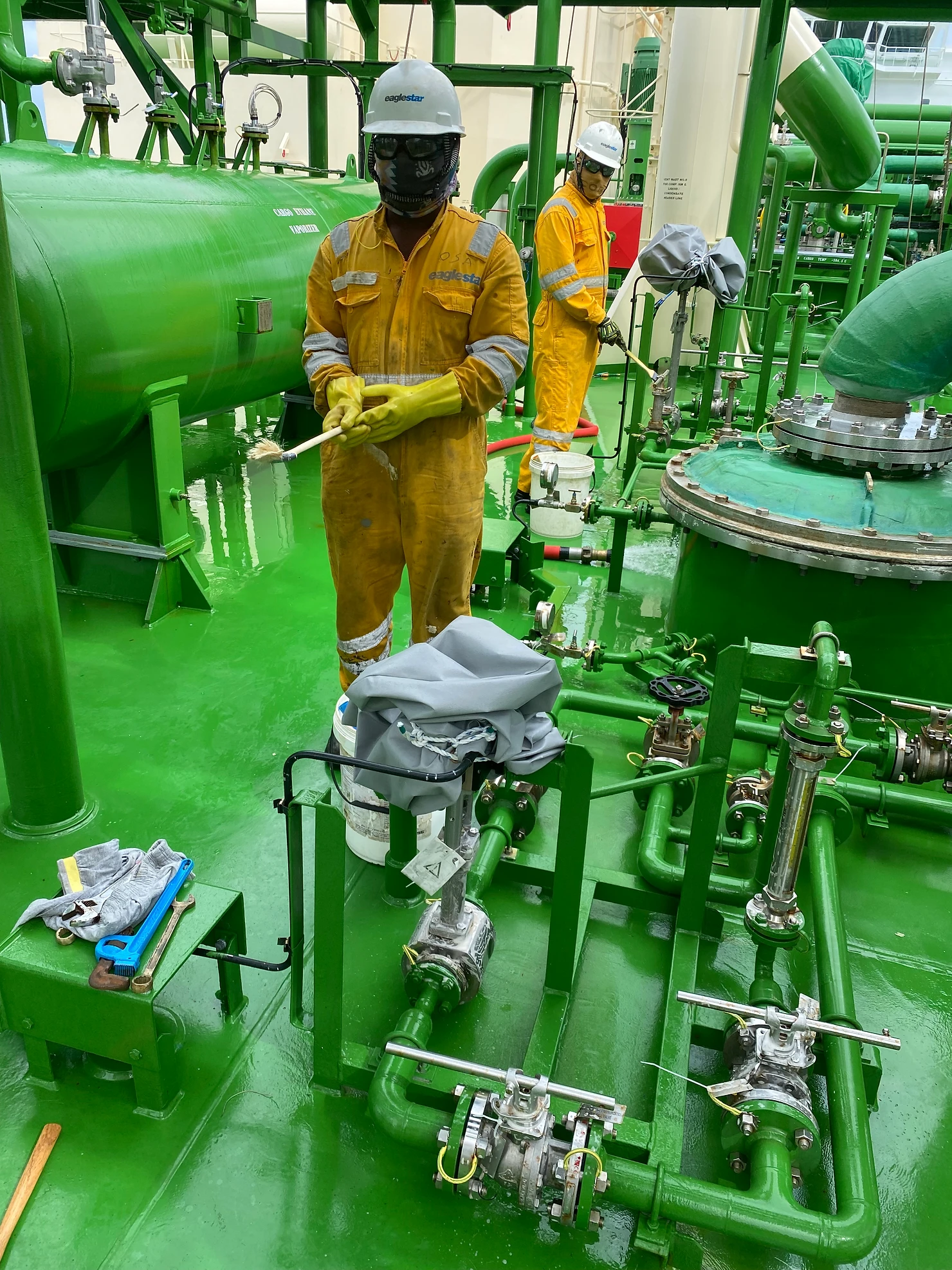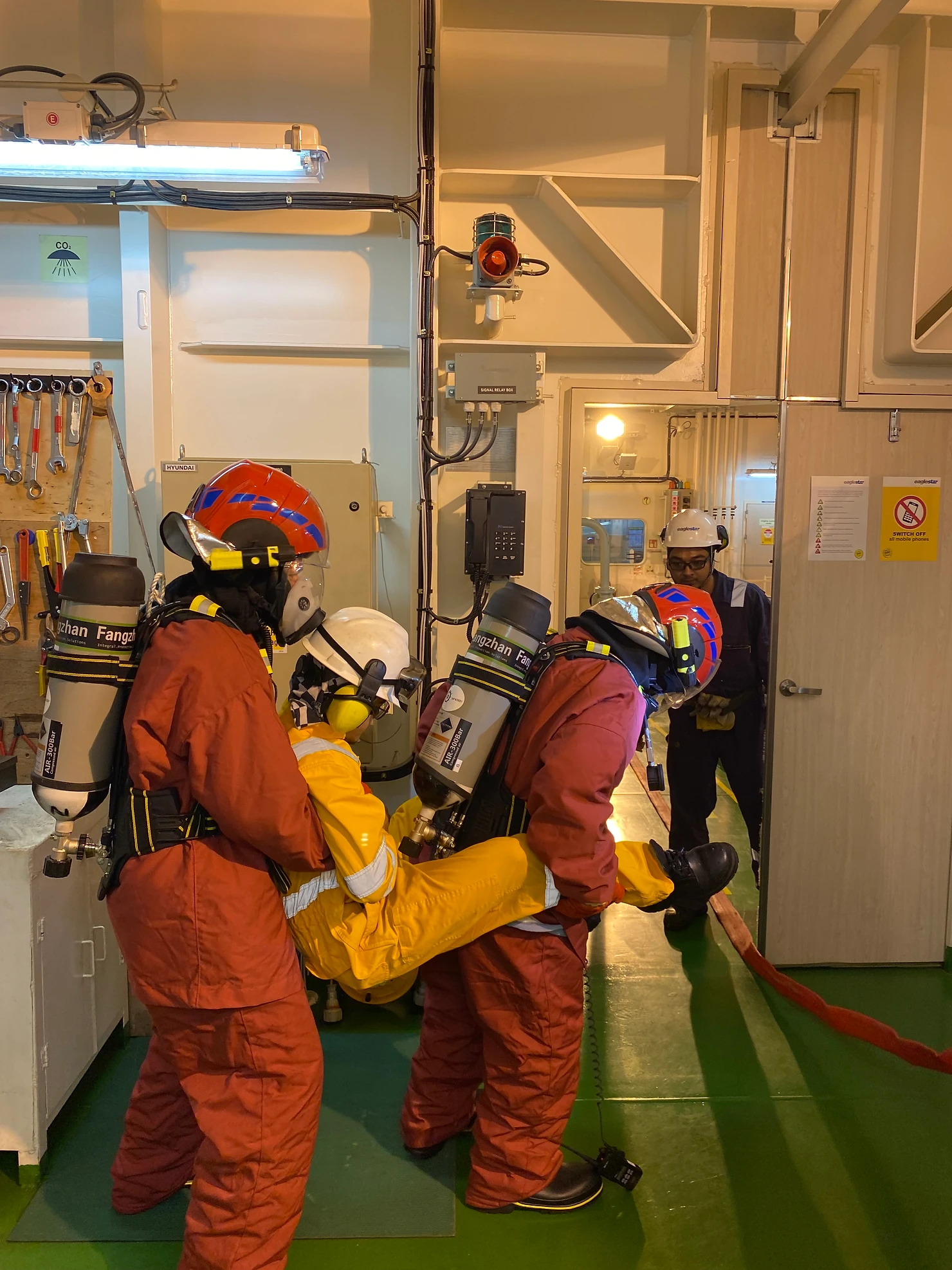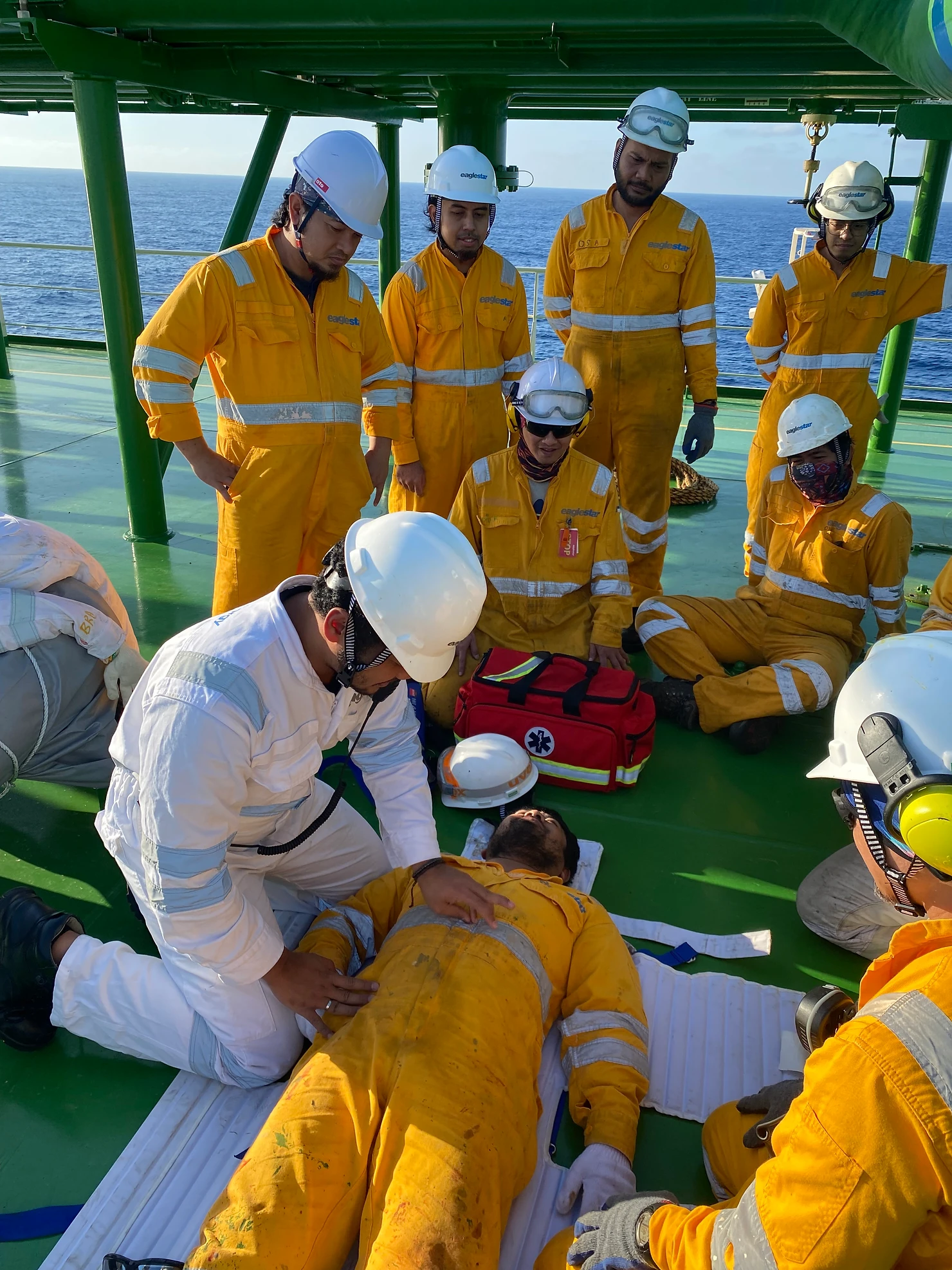Safety First: Building a Secure and Sustainable Work Environment
Safety procedures and regulations are put in place to protect workers from harm. By following these procedures and regulations, you can help to ensure your safety and the safety of others.
Some common safety procedures and regulations include:
Wear personal protective equipment (PPE). PPE is designed to protect you from injury or infection. Some common types of PPE include hard hats, safety glasses, gloves, and steel-toed boots.
Be aware of your surroundings. Pay attention to what is happening around you and be aware of potential hazards.
Follow all safety rules. Safety rules are in place for a reason. By following them, you can help to prevent accidents.
Report unsafe conditions. If you see something that is unsafe, report it to your supervisor.
Be careful when working with machinery. Machinery can be dangerous if it is not used properly. Be sure to follow all safety procedures when working with machinery.
Take breaks. It is important to take breaks throughout the day to avoid fatigue. Fatigue can lead to accidents.
Be aware of your physical limitations. If you are feeling tired, sick, or injured, do not work. It is better to take a break or go home than to risk getting injured.
Here are some additional tips for following safety procedures and regulations:
Be familiar with the safety procedures and regulations for your workplace. This information should be provided to you by your employer.
Ask questions if you do not understand something. It is better to ask a question than to make a mistake.
Be proactive. Do not wait for someone to tell you what to do. Take the initiative to identify and correct unsafe conditions.
Be a role model. Set a good example for others by following safety procedures and regulations.
By following these tips, you can help to create a safe workplace for everyone.

Being aware of your surroundings means paying attention to what is happening around you. This is important for safety and for being able to react quickly to unexpected events.
There are a few things you can do to be more aware of your surroundings:
Pay attention to your surroundings. This means being aware of the people and things around you. It also means being aware of your surroundings in terms of potential hazards.
Be mindful of your surroundings. This means being present in the moment and not letting your mind wander. When you are mindful, you are more likely to notice things that you might not otherwise notice.
Be aware of your body language. Your body language can give away a lot about how you are feeling. If you are feeling uncomfortable, your body language will likely reflect that.
Be aware of your surroundings when you are walking or driving. This means being aware of other people and vehicles around you. It also means being aware of your surroundings in terms of potential hazards.
Be aware of your surroundings when you are using your phone or other electronic devices. When you are using your phone or other electronic devices, you are less likely to be aware of your surroundings. This can lead to accidents or injuries.
Be aware of your surroundings when you are in unfamiliar places. When you are in unfamiliar places, it is important to be extra vigilant. This is because you are more likely to be unaware of potential hazards.
By following these tips, you can help to be more aware of your surroundings and stay safe.
Here are some additional tips for being aware of your surroundings:
Scan your surroundings regularly. Take a few seconds every few minutes to scan your surroundings. This will help you to identify potential hazards and people who may be a threat.
Be aware of your blind spots. When you are walking or driving, be aware of your blind spots. This will help you to avoid accidents.
Trust your gut feeling. If you feel uncomfortable in a situation, trust your gut feeling and leave. It is better to be safe than sorry.
Being prepared for emergencies is important because it can help you and your family stay safe. There are a few things you can do to be prepared for an emergency:
Create an emergency plan. This plan should include information on what to do in the event of a fire, flood, or other emergency. It should also include contact information for family members and friends.
Assemble an emergency kit. This kit should include food, water, first aid supplies, and other items that you may need in the event of an emergency.
Know your community's emergency plan. Your community may have a plan in place in the event of an emergency. Be sure to learn about this plan and how you can participate.
Stay informed about potential hazards. Be sure to stay informed about potential hazards in your area. This information can help you to be prepared for an emergency.
Practice your emergency plan. It is important to practice your emergency plan so that you know what to do in the event of an emergency. This will help you to stay calm and make good decisions.
By following these tips, you can help to be prepared for an emergency.
Here are some additional tips for being prepared for emergencies:
Have a designated meeting place. This is a place where your family will meet after an emergency.
Keep your emergency kit in a safe place. This could be in your home, car, or at work.
Make sure your emergency kit is up-to-date. Replace any items that have expired or been used.
Have a plan for your pets. Make sure you have a way to evacuate your pets in the event of an emergency.
Be aware of your surroundings. Pay attention to the weather and other potential hazards.
Trust your gut feeling. If you feel uncomfortable in a situation, trust your gut feeling and leave. It is better to be safe than sorry.

Crew training for safety is a critical part of any operation that involves people working together. It helps to ensure that everyone is aware of the risks involved and knows how to mitigate them.
There are many different aspects to crew training for safety. Some of the most important include:
Risk assessment: This is the process of identifying and evaluating the risks involved in a particular operation. It is important to identify all potential hazards, both large and small, and to develop plans for mitigating them.
Communication: Crew members need to be able to communicate effectively with each other in order to work safely. This means being able to clearly and concisely share information, as well as being able to listen and understand others.
Teamwork: Crew members need to be able to work together as a team in order to achieve common goals. This means being able to trust and rely on each other, as well as being able to compromise and work through disagreements.
Emergency procedures: Crew members need to be familiar with the emergency procedures that are in place for their operation. This means knowing what to do in the event of an accident or other emergency, as well as knowing how to use the appropriate safety equipment.
Crew training for safety is an ongoing process. It is important to regularly review and update training materials to ensure that they are up-to-date and relevant. It is also important to provide opportunities for crew members to practice their skills and knowledge in a safe environment. By investing in crew training for safety, organizations can help to create a safer workplace for everyone.
Here are some additional benefits of crew training for safety:
Reduced accidents and injuries. Crew training can help to reduce the number of accidents and injuries by teaching crew members how to identify and mitigate risks.
Improved morale and productivity. Crew members who feel safe and supported are more likely to be happy and productive.
Increased compliance with regulations. Crew training can help organizations to comply with safety regulations.
Improved public image. Organizations that are seen as being committed to safety are more likely to be trusted by the public.
Overall, crew training for safety is a valuable investment that can help organizations to improve safety, morale, productivity, and compliance.

